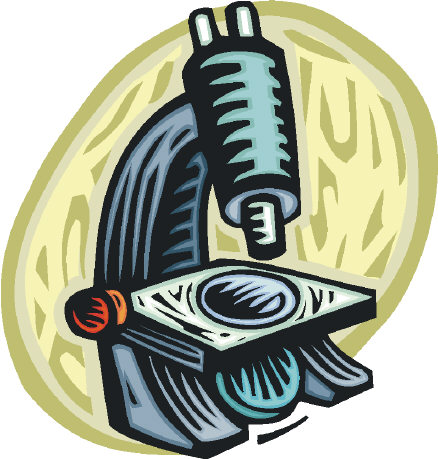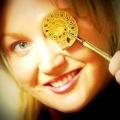Ready for another turn into National-Enquirer mode of particle physics reporting ? I have a figure to discuss. It is a result now a few months old, but one which received little attention -less than it should have, perhaps. I myself got to see it only a few weeks ago in a presentation given by Jacobo Konigsberg, CDF spokesperson, at a workshop in Bologna.
The scandalistic cut of this article is manifest in the title: facing a dearth of exciting reports of new physics discoveries, we are bound to now and then swerve off the path of our usual responsible handling of two-sigma effects, odd deviations, and assorted zoology. It is, I believe, a necessary resource to rely on, if we are to keep the interest of Science readers on particle physics.
A friend told me this funny anecdote about the construction of a part of the inner tracker of the CDF detector called "ISL", the so-called "intermediate silicon layers" which were constructed in Italy and then sent to Fermilab for installation in the core of CDF.
A technician reports: "When we were finished with the construction and we had to move to Fermilab to install the device, he took extreme care to arrange the shipment of the expensive, sensitive device overseas in three parts, with three separate cargos, such that if a plane had an accident, we would only lose a third of the detector.
...However, he sent us (all the technicians who had done the assembly, and were now needed at Fermilab for the installation) all in the same plane!"
As I mentioned yesterday, I was able to put together a proceedings paper on the "Search for the Standard Model Higgs boson with the CMS Detector" with the help of a collaborator, Eleni Petrakou. The article will be available on the ArXiv preprint server tomorrow, or even today by clicking on the picture below, which shows part of the first page. The article is quite simple to read and quite short. It should be readable by anybody, not just experts. I will be available to answer any question you may have on its contents, as always. Enjoy!
Just a note, awaiting for my submission to the arxiv, to mention that
my request here for a ghost writer to help me put together a proceedings paper for the
PIC 2009 conference has been successful.
As Hank
explains in a recent article, when he visits a Casino he plays the Roulette. His simple strategy consists in betting on a single colour, doubling the bet every time he loses; when he wins, he starts back with the minimum bet.
Have you ever caught yourself wondering, upon observing a seemingly utterly unlikely coincidence, whether there was anything supernatural at work that made it happen ? I would guess that all of us, even the most rational thinkers, have caressed that thought for a minute, at least once. A few typical examples can be given of situations which one apparently fails to ascribe to natural causes:
1) Grandma dreams of her deceased husband spelling a sequence of numbers, and the following day she sees the same sequence coming out at Lotto. Was grandpa trying to let her win a large sum ? It will be quite hard to convince her otherwise.
 Conferences Good And Bad, In A Profit-Driven Society
Conferences Good And Bad, In A Profit-Driven Society USERN: 10 Years Of Non-Profit Action Supporting Science Education And Research
USERN: 10 Years Of Non-Profit Action Supporting Science Education And Research Baby Steps In The Reinforcement Learning World
Baby Steps In The Reinforcement Learning World Restoring The Value Of Truth
Restoring The Value Of Truth







